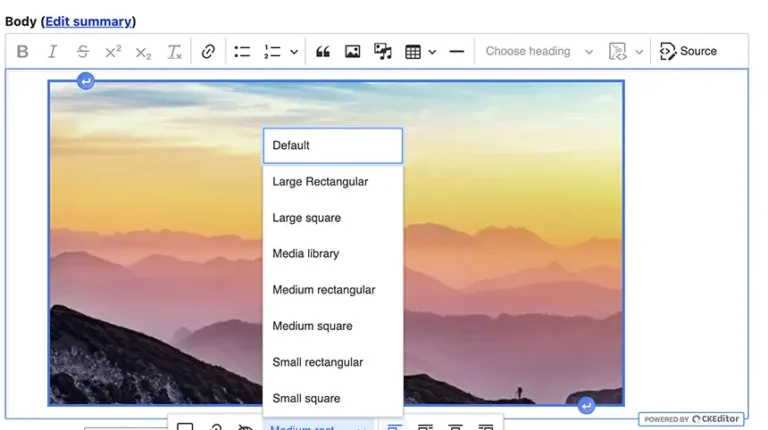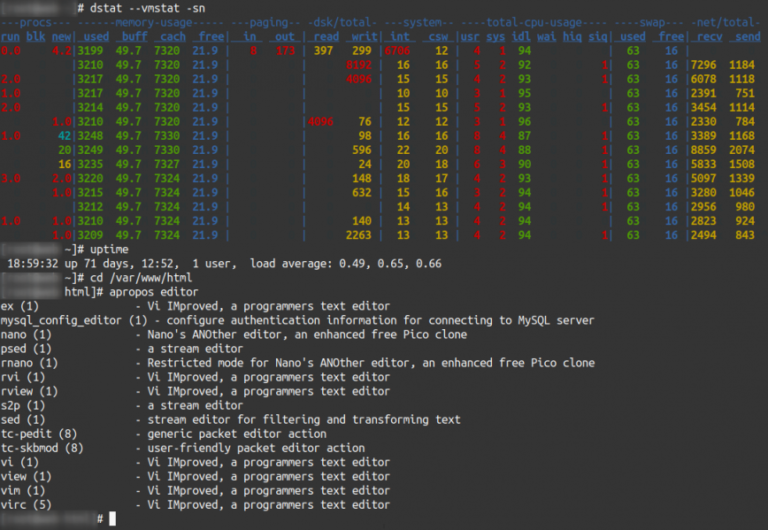
Why it works: The prompt defines the context (sales team performance) and highlights specific areas (customer relationships, cross-selling) where feedback is needed, ensuring a focused response.
Well-designed prompts have five basic characteristics: 1) They use clear language and are specific about a desired outcome (clarity), 2) they do not contain unnecessary words (conciseness), 3) they provide appropriate context so AI understands the task (contextual relevance), 4) they are organized logically and complex tasks are broken into steps (structure), and 5) they allow for AI response variation while maintaining core objectives (flexibility).
What is prompt engineering?
Why it works: It establishes a clear goal (20 percent retention increase) and asks for a focused strategy on specific areas, giving clear direction for the response.
Well-designed prompts also improve customer experience. For example, they lead to more accurate and helpful AI interactions that enhance customer satisfaction. Effective prompt engineering also allows for more tailored AI responses to individual customer needs and faster, more accurate problem resolution. These benefits, in turn, build customer confidence in an organization’s technological capabilities.
As AI advances, the value of prompt engineering is expected to increase. Simply put, the better the prompt, the better the result. For instance, Morgan Stanley recently launched an AI assistant that offers wealth managers access to a massive internal knowledge base that also features search and content creation functions. With tools like this, optimized prompt engineering could take performance to a higher level. That’s why, whether prompt engineering becomes an in-demand profession, a more generalized function that all knowledge workers need to be adept at, or an AI function itself, it will likely be around for the long run. Companies that master prompt engineering can leverage AI more effectively than their competitors, creating innovative products and services and gaining an edge in the marketplace.
What makes a good prompt?
The World Economic Forum called prompt engineering the “job of the future,” and companies of all shapes and sizes are already creating prompt engineering positions. Can prompt engineering help companies enhance their artificial intelligence (AI) usage, improve customer experiences, and gain an advantage over slow-moving competitors? Or is it destined, like so many ‘next big things,’ to fizzle out and become irrelevant before it catches on?
Prompt engineering is the process of creating and optimizing text prompts for AI language models with the ultimate goal of producing highly accurate and relevant outputs. Because well-crafted prompts dramatically improve the quality and accuracy of AI-generated content, prompt engineering is vital in enhancing AI performance. It also provides users with the ability to customize AI outputs for specific tasks, applications, or industries. In addition to improving the translation of human objectives into a format that AI models interpret more effectively, prompt engineering can unlock advanced AI features and capabilities.
- “Conduct a market analysis for eco-friendly packaging in the U.S. retail sector, identifying key trends, major competitors, and potential growth opportunities over the next five years.”
Why it doesn’t work: It doesn’t clarify the industry, the type of customer problems, or the aspect of the business that is affected (e.g., product, service, communication), making the request unclear and complicated to address effectively.
- “Develop a strategic plan for a small e-commerce business to increase customer retention by 20 percent over the next year. Focus on loyalty programs, personalized marketing, and customer support improvements.”
Rapid AI development promises to create new opportunities for leveraging prompt engineering, and organizations that move quickly to take advantage of those opportunities stand to benefit the most. Those that leverage prompt engineering can maximize the value of their existing AI resources. By focusing on well-designed prompts, companies can also better adhere to ethical and regulatory guidelines, a growing issue in the business world due to AI bias and transparency concerns. High-quality prompts help alleviate those concerns.
- “Provide constructive feedback for a sales team that has met its targets but has room for improvement in customer relationship management and cross-selling efforts.”
For organizations to ensure they design effective prompts, it is imperative that they look for staff that follow prompt engineering best practices, which include being as specific as possible with each prompt and supplying AI with examples to better steer responses in the proper direction. Other best practices include incorporating relevant and specific data and clearly identifying the desired output. As for who makes a good prompt engineer, organizations can fill prompt engineer roles with individuals with degrees in data science, machine learning, or AI, and backgrounds in linguistics, cognitive psychology, and communication. Prompt engineers come from various industries, including marketing, education, finance, human resources, and healthcare.
While strategic prompt engineering has myriad benefits, poor prompt engineering can lead to inferior outputs that may contain bias, are unhelpful, or are outright incorrect. That’s why organizations are quickly adopting prompt engineering as an essential component of their AI initiatives. Prompt engineering helps adapt AI models to new use cases quickly and without extensive retraining. Optimizing prompts also saves companies money by enabling them to achieve better AI results without investing in more powerful and expensive systems.
- “How can we grow the business?”
Why it doesn’t work: This is too general and covers an enormous field with many subtopics (digital, traditional, content marketing, B2C, B2B, etc.). It doesn’t specify the area of interest or application.
- “Explain marketing.”
By Cornell Anthony
- “What do we do about customer problems?”
Here are three examples of well-written prompts:
Organizations aren’t just hiring new professionals to meet increasing prompt engineering demand; they are also upskilling existing staff through workshops, courses, collaborative learning efforts, specialized training featuring external AI experts, and hands-on practice. In addition, prompt engineering is becoming more democratized and essential for all knowledge workers due to the increasing accessibility of AI tools, the growing importance of AI-assisted work, and a shift toward AI-augmented decision-making.
Why it doesn’t work: The prompt lacks specifics about the type of business, current challenges, or focus areas, making it difficult to provide targeted advice.
Now is the time for organizations to prioritize prompt engineering
Here are three examples of poorly developed prompts:
Well-designed prompts allow AI to understand context, retrieve relevant information, and generate tailored responses across applications such as content creation, code development, data analysis, and more. Prompt engineering also enables more transparent AI decision-making and continuous performance improvement. These benefits make prompt engineering critical for generating the highest quality outputs from current generative AI models.
OpenAI CEO Sam Altman believes in the power of prompt engineering. He recently said on the social media platform X (formally Twitter) that the ability to write “a really great prompt for a chatbot persona is an amazingly high leverage skill.” Many companies are firm believers in the positive impact of prompt engineering. The Economic Times reported in a July 2024 article that 18,000 to 22,000 new prompt engineering positions were created in the past six months, with demand for these professionals increasing by 300 percent yearly. Forward-thinking companies recognize prompt engineering as the next step in harnessing AI’s full innovative potential.
What the future holds for prompt engineering
This specialization is increasingly critical due to several key factors, such as advancements in large language models (LLMs), which demonstrate the power of well-crafted prompts by generating human-like text and code and even solving problems. Well-crafted prompts are essential for maximizing AI’s potential, enhancing model efficiency, accuracy, and reliability. By automating processes, precisely directing AI efforts, and ensuring outcomes are aligned with critical business goals, prompt engineering increases efficiency and reduces operational costs. It also helps ensure AI systems can handle a broader range of inputs and tasks and allows for customizing AI responses to fit specific domains—all while enhancing user experience.
Why it works: It’s specific, defines the scope (eco-friendly packaging), and clearly outlines the desired output (trends, competitors, opportunities).






